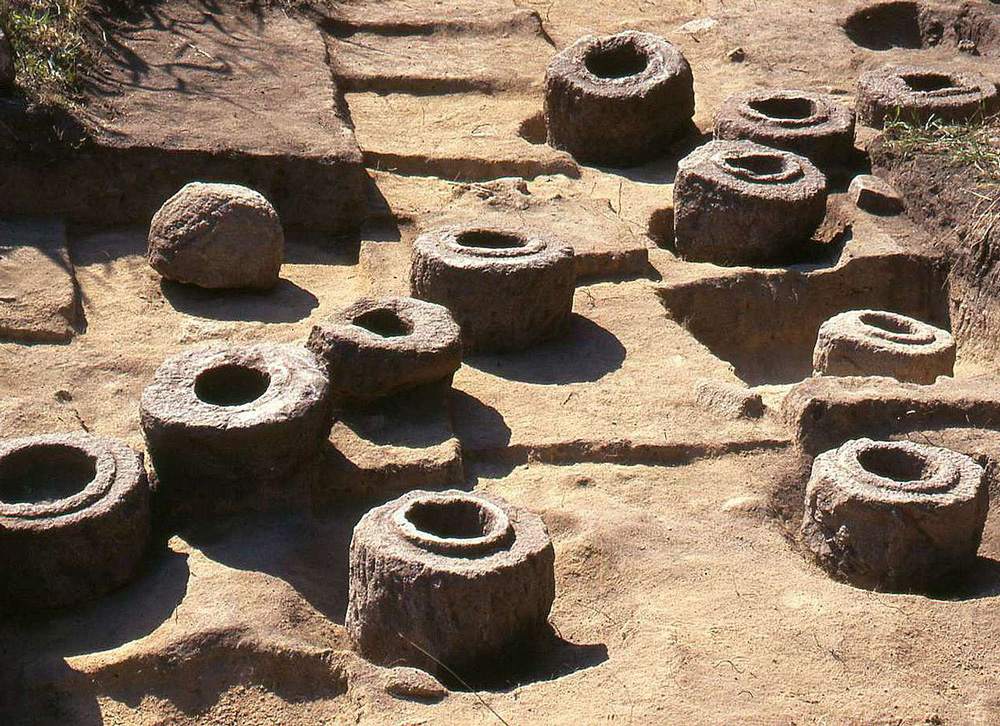
The commune of Pontarion is located some twenty kilometers from Guéret in the Creuse region. In 1843, a note mentions the existence of a temple dedicated to Priape, destroyed 25 years earlier during the construction of a house.
Then, in 1904, a Gallo-Roman cemetery was uncovered by a ploughman who, by uncovering a cavity filled with ashes and bones only a few centimetres deep, unearthed a granite block.
Since then, some fifteen similar blocks, some cylindrical, others cubic, have been discovered... One of them contained a completely crude medal.
At the end of January 1986, the Pontarion town hall reported the discovery of Gallo-Roman cremation burials in the commune. The discovery was prompted by the recultivation of an uncultivated plot of land known as Les Sagnes.
Excavation of the site, carried out between 1986 and 1990, uncovered 300 graves, including granite burial chests, in-ground burial pits and ceramic urns. According to Martine Fabioux, Regional Curator of Archaeology, the findings were analyzed in terms of their placement, funerary furnishings, anthropology, archaeozoology and paleobotany.
The necropolis of a modest Gallo-Roman village was in use for a century and a half, between 150 AD and around 300 AD.
The deceased was placed on a pyre along with personal objects, ceramics broken during the funeral ceremony and food offerings. After combustion, the remains that remained (charred bones, charcoal and debris from the offerings placed on the pyre) constituted the residue of the cremation. The charred bones were often sorted and placed in a vase (cinerary urn) or in the receptacle of a stone chest.
As always in antiquity, this public necropolis was located close to an ancient road. A low dry-stone wall marked the boundary of the necropolis, which contained three types of burial.
Necropolis des Sagnes
23250 Pontarion





